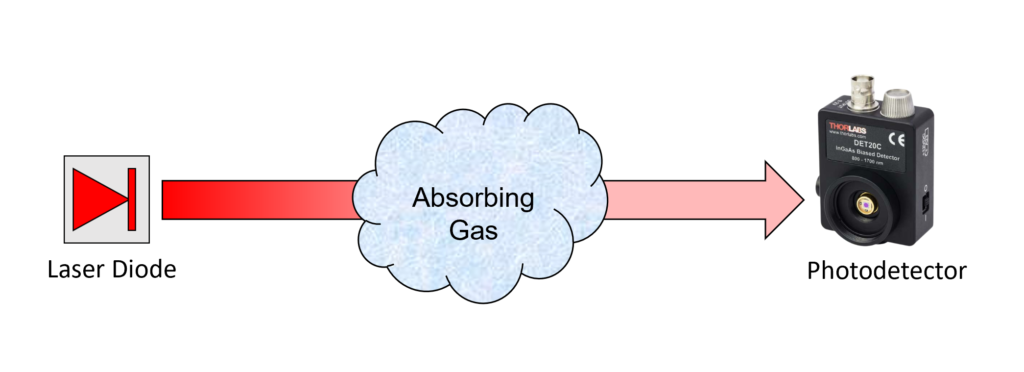
Laser diagnostics in the Gas Dynamics Imaging Laboratory (GDIL) are used for studying properties of gas-phase mixtures particularly combustion products. Laser diagnostics offer several benefits when compared to thermocouples and pressure transducers the most notable being that lasers diagnostics are non-intrusive and can obtain the properties of the mixture in-situ. This means that a sample does not need to be removed from its environment for analysis. This is ideal because when a sample is removed, its properties we intend to measure say temperature and pressure are changed including molecular concentration.
Current work is investigating near-infrared transitions of water molecules in the channel of a H2-Air rotating detonation engine using Wavelength Modulation Spectroscopy (WMS) which is a laser absorption spectroscopy (LAS) technique. Previous work has used OH PLIF to study parasitic combustion in a racetrack-RDE, and jets in cross flow in an expansion tube. Other current work is the development of LIF for NO sensing and WMS measurements in a flat flame burner.
